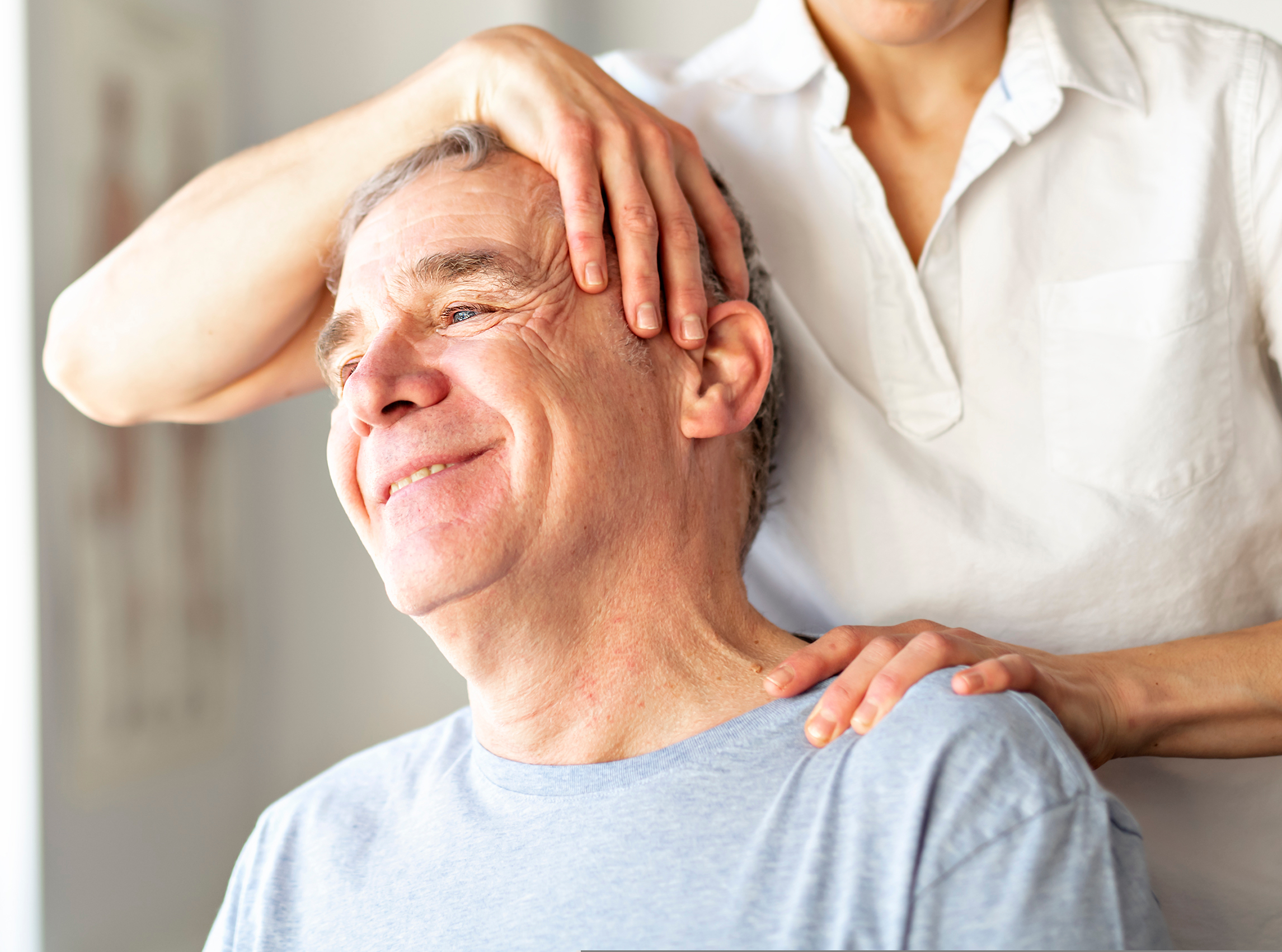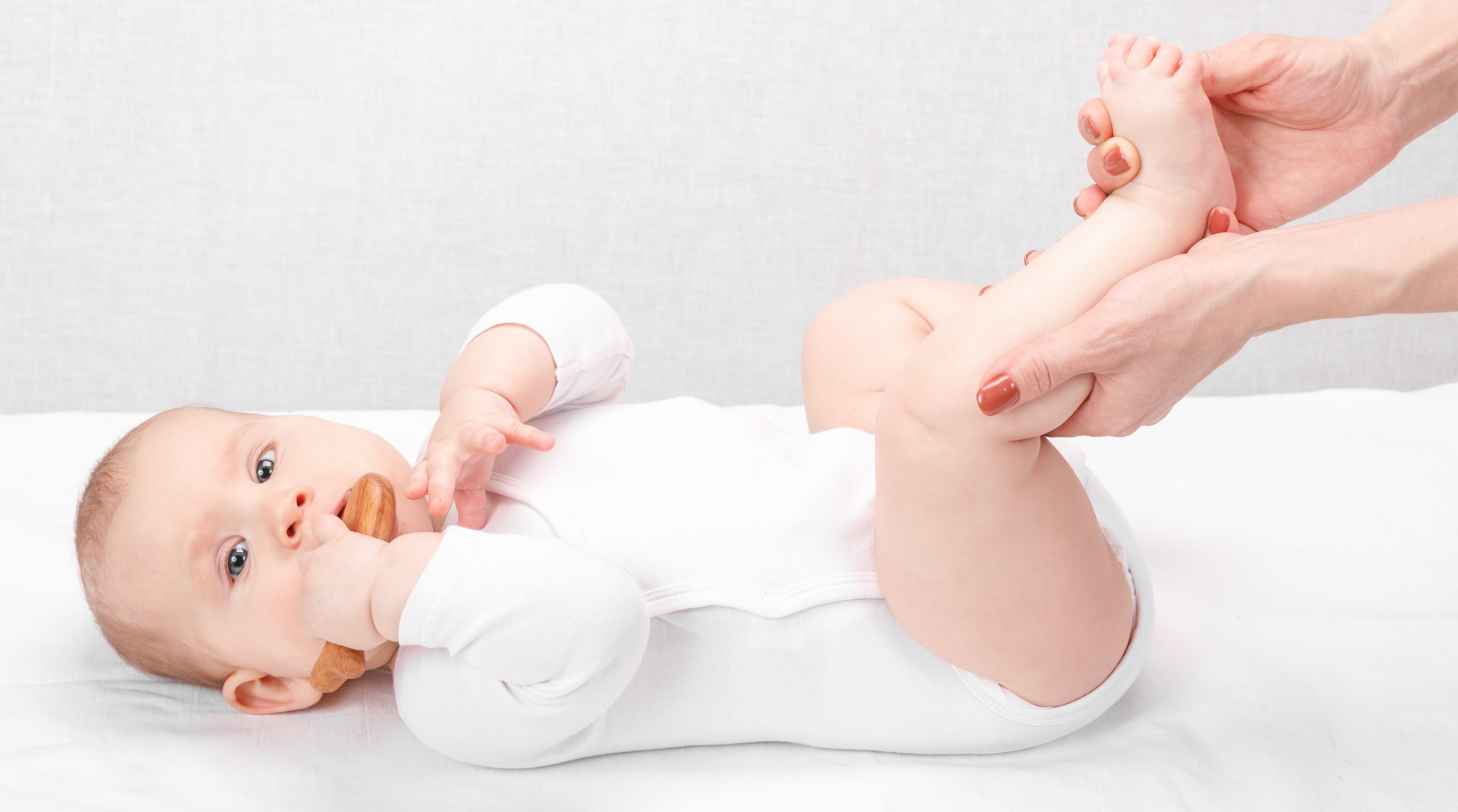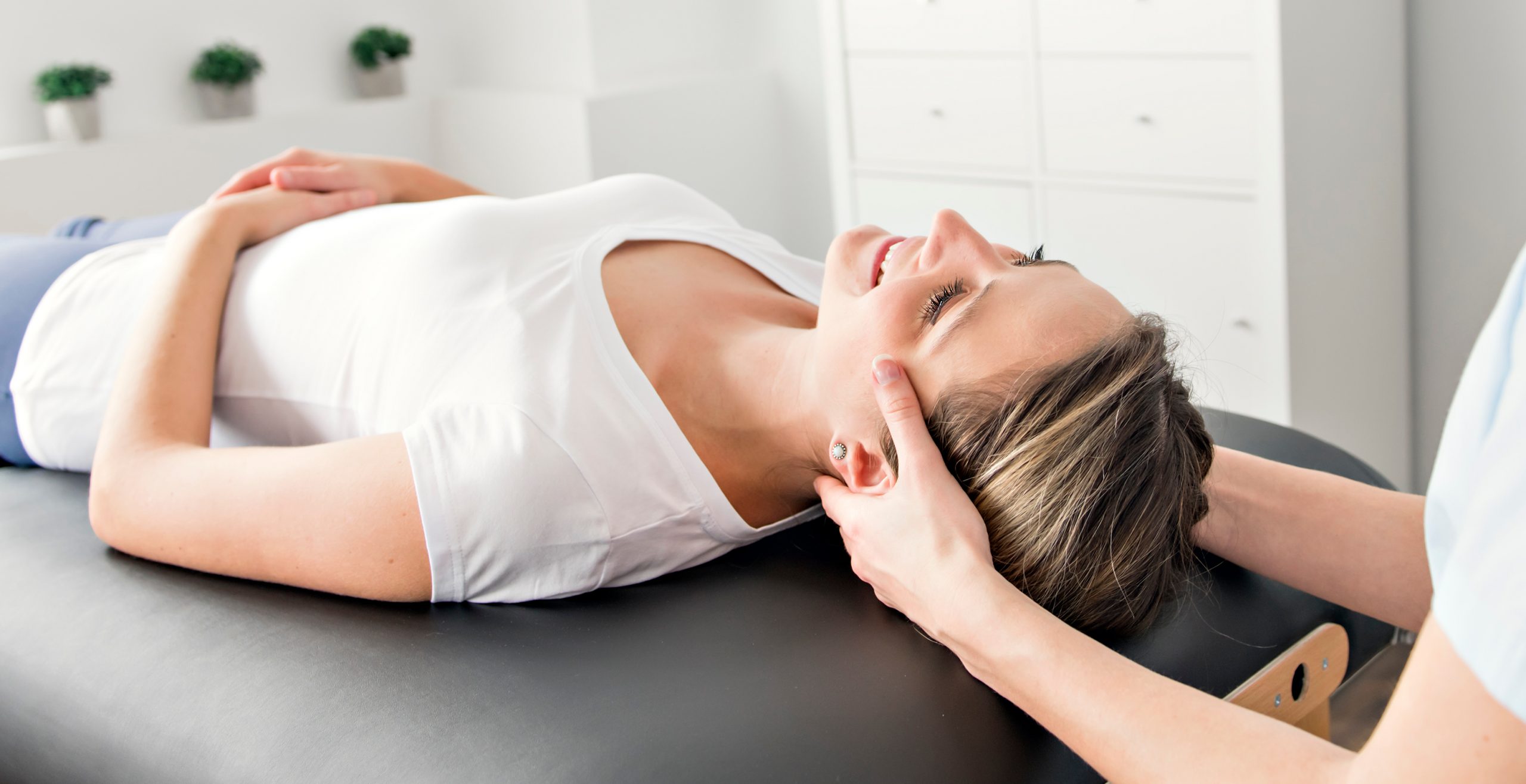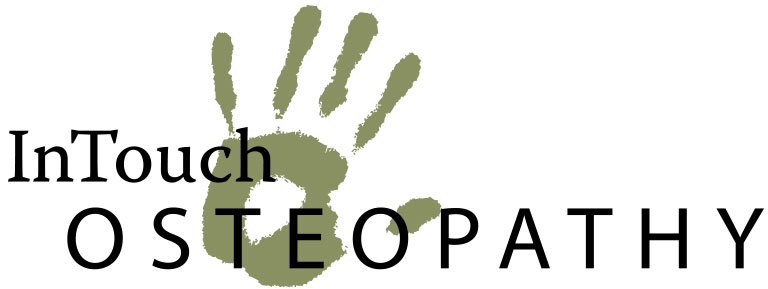Osteopathic healthcare addresses your body’s ability to move, and the effect that movement has on all the tissues of the body. You might be surprised to learn all the ways in which movement is essential to good health.
Osteopathy is a manual therapy. Osteopaths use their hands to move and stretch the body in ways that improve the mobility and the health of the underlying tissues. These osteopathic techniques can use strong movement such as stretching through to very gentle and subtle movement that supports the body to release patterns of tension. Osteopathic techniques that use this gentle and subtle movement are collectively referred to as Osteopathy in the Cranial Field or Cranial Osteopathy (see below).
A hands-on approach
to better movement
An Osteopath can help when your movement is compromised. Stiffness, discomfort, and pain, limit the way we can use our bodies. We all experience these issues when we start a new activity, sustain an injury, or use a repetitive activity too frequently for too long.

Children also present with movement challenges. It may be observed that they are struggling to master the types of movement relevant to their stage of development. An example of this might be a baby who struggles to turn their body easily to achieve a comfortable feeding position or an older child that finds it difficult to sit comfortably with their legs crossed on the mat at school. In these instances, adults may not notice the child’s movement restriction, rather they tend to notice the behaviour that is a result of this difficulty. In the examples mentioned above, the baby may struggle to establish efficient breastfeeding, and the older child might fidget or become easily distracted when sitting on the mat at school. An osteopath is able to provide a thorough movement and postural assessment to screen for issues like these.
Osteopaths have extensive training in human biology and clinical science. You can expect an Osteopath to screen for conditions that might need to be evaluated by a General Practitioner or another healthcare professional. Osteopaths routinely deal with musculoskeletal injuries and can help you process an ACC claim if necessary.
New Zealand Osteopaths are regulated by the Osteopathic Council of New Zealand. This framework promotes accountability for safe and competent osteopathic practice. For more information about osteopathy in New Zealand visit Osteopaths New Zealand’s website.
What is Cranial Osteopathy?
Cranial Osteopathy is a system of assessment and treatment that can be applied to many of the connective tissue throughout the body. It is not limited to treatment of the head as the name suggests.
Cranial assessment and treatment is applied using highly trained palpation skills.
Very gentle touch is used to feel the quality and direction of movement within the connective tissues of the body
When compromised movement is perceived, gentle touch is used to support the connective tissue in this pattern until a release is achieved.

The mechanism for releasing connective tissue tension with Cranial Osteopathy is not well understood despite many theories discussed in osteopathic literature. Cranial Osteopathy is a system grounded in a long history of anecdotal evidence from patients and osteopaths around the world. It’s history is dated back to the 1920s when American osteopath William Sutherland began exploring and sharing the concept. Many of the patients and osteopaths that use Cranial Osteopathy have come to trust it’s efficacy through personal experiences of improved health outcomes with treatment.
A useful analogy to understand this approach is the way that you might help a cramping muscle. When you feel cramp in your foot. What do you do? Stretching it too much is painful and unhelpful, similarly taking it off stretch further aggravates the cramp. There is a delicate balance between stretch and relaxation that needs to be found and supported to allow that muscle to let go. This is similar to the way osteopaths use Cranial Osteopathy to release tension in all kinds of connective tissues.

Cranial Osteopathy is
safe and very gentle
The safe and gentle nature of this treatment approach, combined with its capacity to produce striking results, makes it particularly useful in the treatment of babies, children, and the elderly. It is also useful in the treatment of acute injuries where the tissues are fragile and painful.
Your cranial osteopath has a high level of training in musculoskeletal diagnosis and clinical science. This ensures that cranial osteopathic treatment will be applied within the context of a robust clinical reasoning process. Your osteopath will communicate a diagnosis for your symptoms, a plan for your treatment, and monitored your progress using standard outcome measures. Referrals for further investigations or another type of healthcare will be made where appropriate.
Choosing a Registered Osteopath to provide Cranial Treatment
ensures that you are receiving this gentle form of manual therapy
in a safe clinical environment
